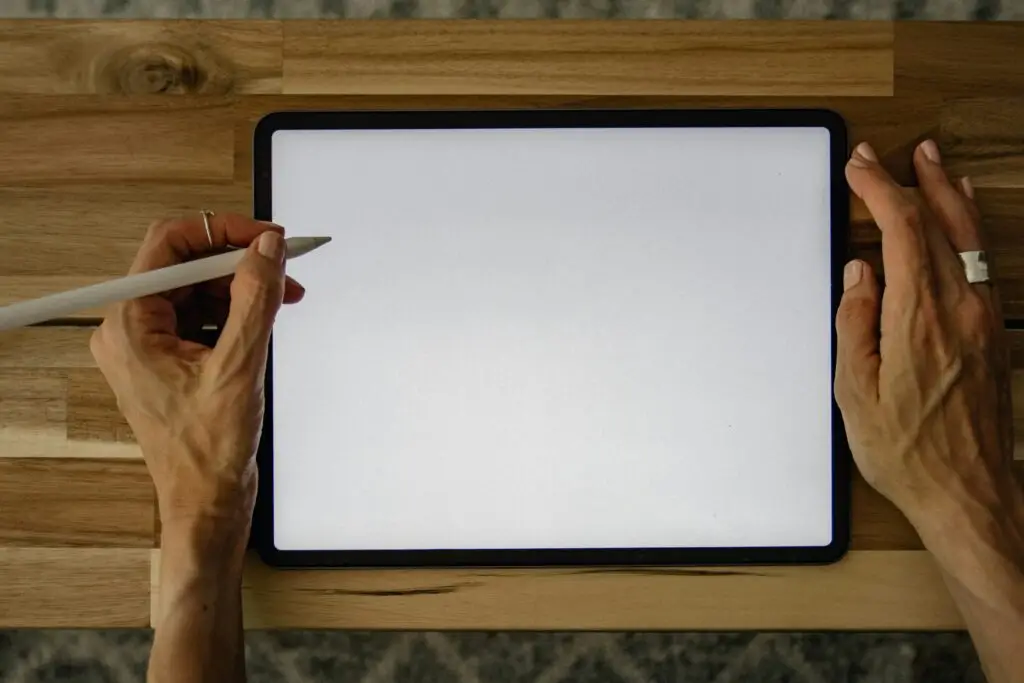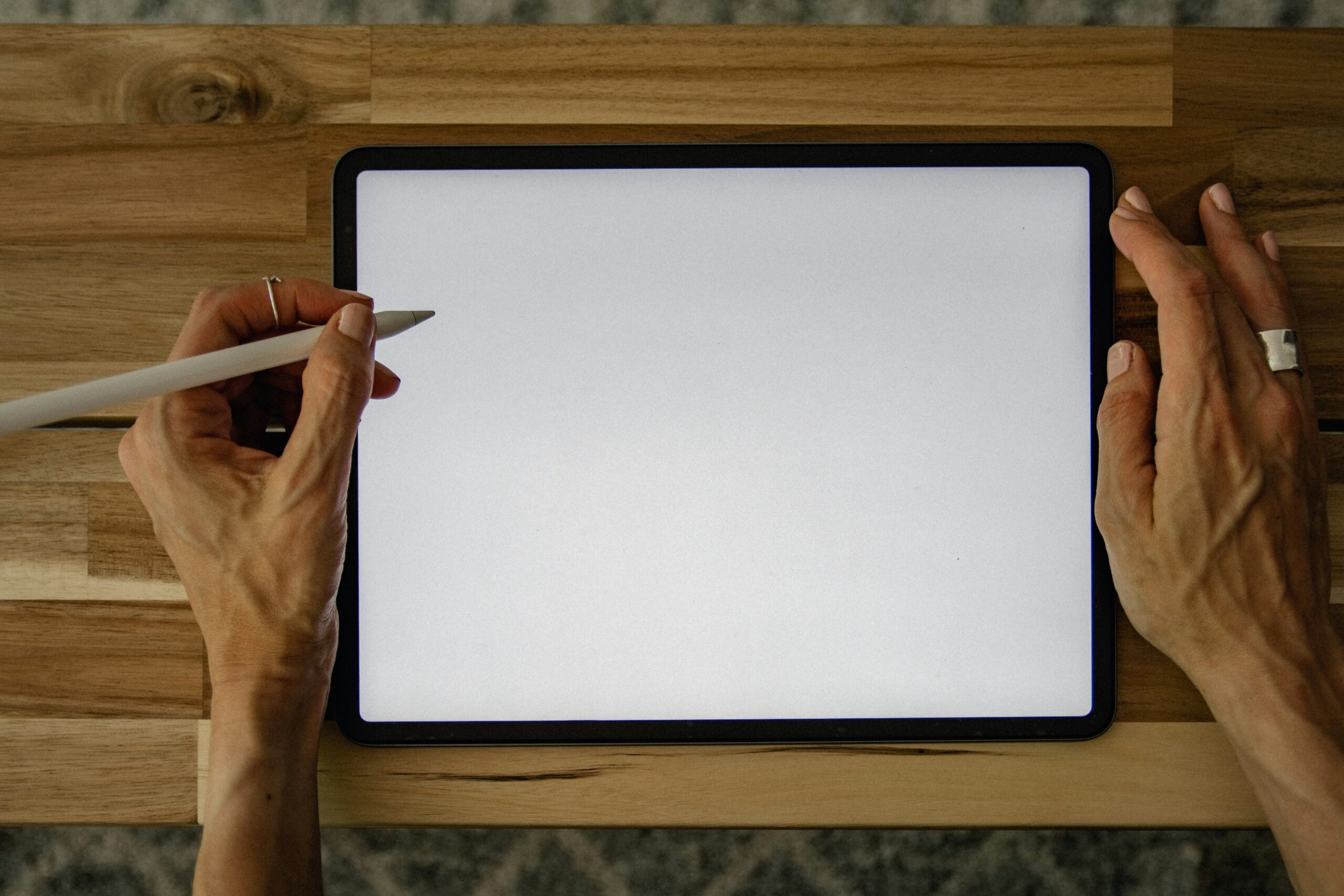
Navigating the world of patents and patent drawings can be a daunting task for inventors and entrepreneurs. Intellectual property law can be complex, so it is important to have an experienced patent attorney on your side, like those on the Schell IP team.
As your patent attorney works to fill out your patent application, they will likely collaborate with you to create patent drawings. These illustrations are not just mere sketches of your invention; they play a pivotal role in the patent application process.
Patent drawings help to clearly and accurately depict your invention, eliminating any ambiguity. They can significantly influence the examination process and the enforceability of your patent.
This article aims to demystify the process of creating effective patent drawings in partnership with your legal team.
Understanding Patent Drawings
Patent drawings, also known as patent illustrations, are visual representations of an invention. They are used in patent applications to provide a clear understanding of the invention’s design and functionality. In fact, the United States Patent and Trademark Office (USPTO) sometimes requires that patent drawings accompany your application. Without it, you risk your application being rejected.
Additionally, these drawings need to meet specific legal requirements to be accepted by the USPTO. Patent drawings should:
- Accurately depict the invention.
- Avoid ambiguity and misunderstandings.
- Be consistent throughout the application.
- Be labeled and numbered for clarity.
The Legal Requirements for Patent Drawings
The USPTO has set forth specific guidelines for patent drawings, which cover everything from the type of paper and ink to be used, to the size and position of the drawings.
For instance, the drawings must be made on white, non-shiny paper (though in practice these are more typically filed digitally), and when filed on paper the ink should be black, durable, and solid black. The drawings should also be clear and clean, without any erasures or alterations.
Failure to comply with these guidelines can result in the rejection of your patent application. If you have questions about the USPTO’s requirements or your specific patent drawings, we always recommend consulting your attorney.
Creating Effective Patent Drawings
Creating effective patent drawings is a crucial part of the patent application process. Your attorney will likely recommend an illustrator to help depict your invention. This may require your time to thoroughly explain the invention to the illustrator.
You may also need to provide them with documentation of your invention for them to reference. Because drawings are so critical and nobody knows your invention as well as your do, you’ll likely need to go through several rounds of drafts and revisions with your illustrator. Your attorney should also consult to ensure all the USPTO requirements are met.
Your illustrator may create these drawings by hand, or they may use some sort of design software, such as AutoCAD, SolidWorks, or Adobe Illustrator. As technology has changed over time, drawings created using design software have become the norm (though you can still create your patent drawings by hand!).
Common Mistakes and How to Avoid Them
When creating patent drawings, it’s easy to make mistakes that could jeopardize your application.
One common mistake is not providing enough detail in the drawings. This can lead to ambiguity and misunderstandings about the invention. To avoid this, thoroughly review drafts to ensure all details of your invention have been captured.
Another mistake is inconsistency in the drawings. All drawings in your application should be consistent in style, scale, and detail. Your attorney should review the consistency of all drawings before submitting your application.
The Impact of Drawings on Your Patent Application
Patent drawings can significantly impact your application, not only because they are required. They can help clarify your invention, making it easier for the patent examiner to understand.
High-quality drawings can also help avoid misunderstandings and disputes about your patent claims. In short, good patent drawings can increase the chances of your patent being granted and this step in the patent application process should not be taken lightly.
If you are looking to patent your invention, the team at Schell IP is ready to help. With over 10 years of experience writing patent applications and thousands of patents granted, Schell IP can support you in getting your patent granted. Book a free consultation now.


